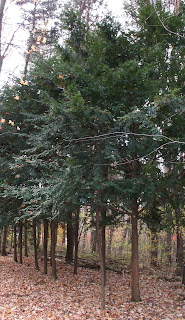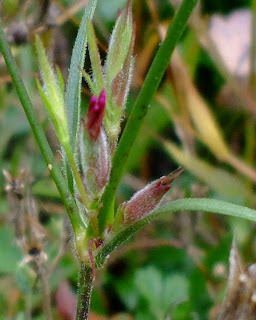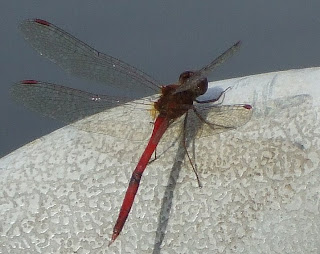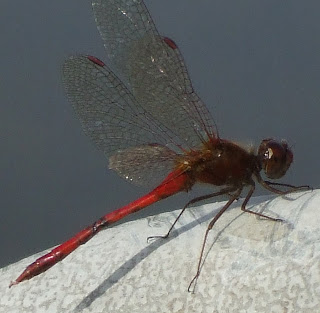

While moving rocks around this weekend, I noticed a twig of needles on the ground. They were similar in appearance to the Eastern Hemlock I had identified last weekend, but, without doubt, different. I looked up to find the source of the needles and to my surprise saw these cool red "berries" all over. The seed is inside the red aril (no cones on this evergreen) and except for that red skin, all parts of the tree are poisonous to both human and animal. I tasted the aril and as the book says, it's kind of sweet (trusting soul aren't I?).
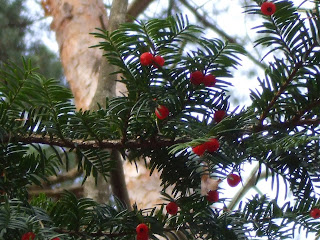
This little find just fascinates me. We have two rows of 5 trees each of this particular evergreen. They are behind my sister's backyard and my mom has always referred to them as hemlocks.

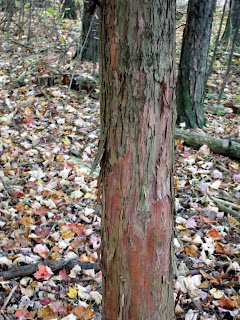
They had to have been planted at some point as they are certainly not native and in fact, our area is colder than that where these trees are known to survive, but they've been there for a least 50 years. It's like I just got to know a long time neighbor.
